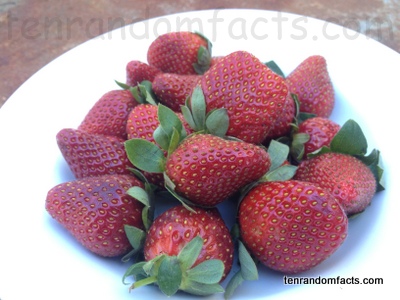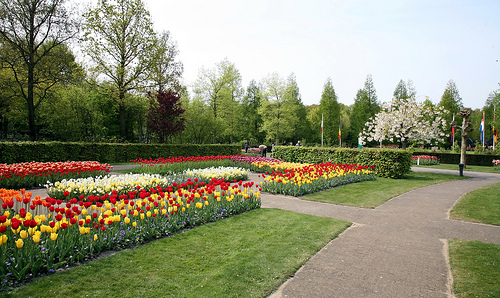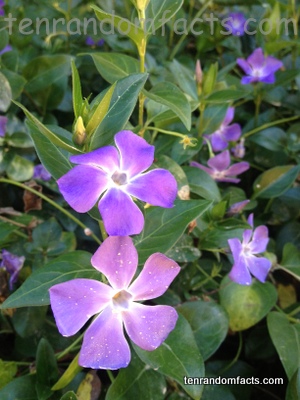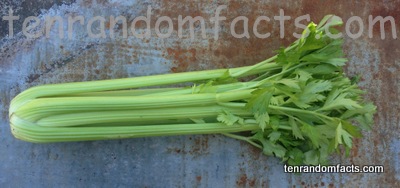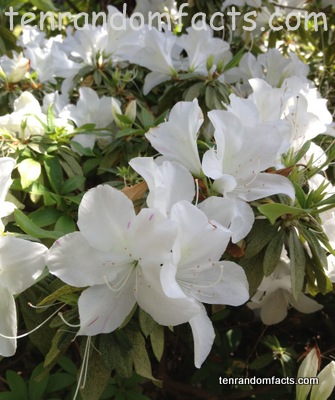
Pretty, showy azaleas.
- ‘Azaleas’ are also known as the ‘Royalty of the Garden’, and are shrubs that bloom in from autumn to spring, depending on the variety.
- Azaleas are either deciduous or evergreen, depending on the species, and generally like to grow under the shade of trees.
- Azaleas are from the family ‘Ericaceae’, which is the family of heaths or heathers, and belong to the genus ‘Rhododendron’, which are a group of woody plants.
- Azaleas grow up to 2.5 meters (8.2 feet) tall, although some only grow to half that height.
- Azalea nectar and leaves are highly poisonous, and in the past, have been seen as a death threat if the flowers have been given in a black vase.

- Places in Japan, Korea and the United States have festivals to celebrate azaleas.
- Azaleas are mostly native to North America, and eastern parts of Asia, and the American species are generally deciduous, while the Asian species are generally evergreen.
- Azalea flowers come in white, pink, mauve, purple, red, orange and yellow in colour, and the single varieties generally have 5 petals, but doubles can have up to 30.
- Azaleas are popular garden plants, although many people do not know how to grow them properly, as they require specific growing conditions, which include the need for acidic soil.
- Over 10,000 different cultivars of azaleas have been recorded and the plant and flowers are very similar to rhododendrons in appearance, so it is often difficult to tell them apart.
Bibliography:
Azalea, 2007, Azalea Society of America, <http://azaleas.org/azaleas.html>
Azalea, 2013, Wikipedia, <http://en.wikipedia.org/wiki/Azalea>




